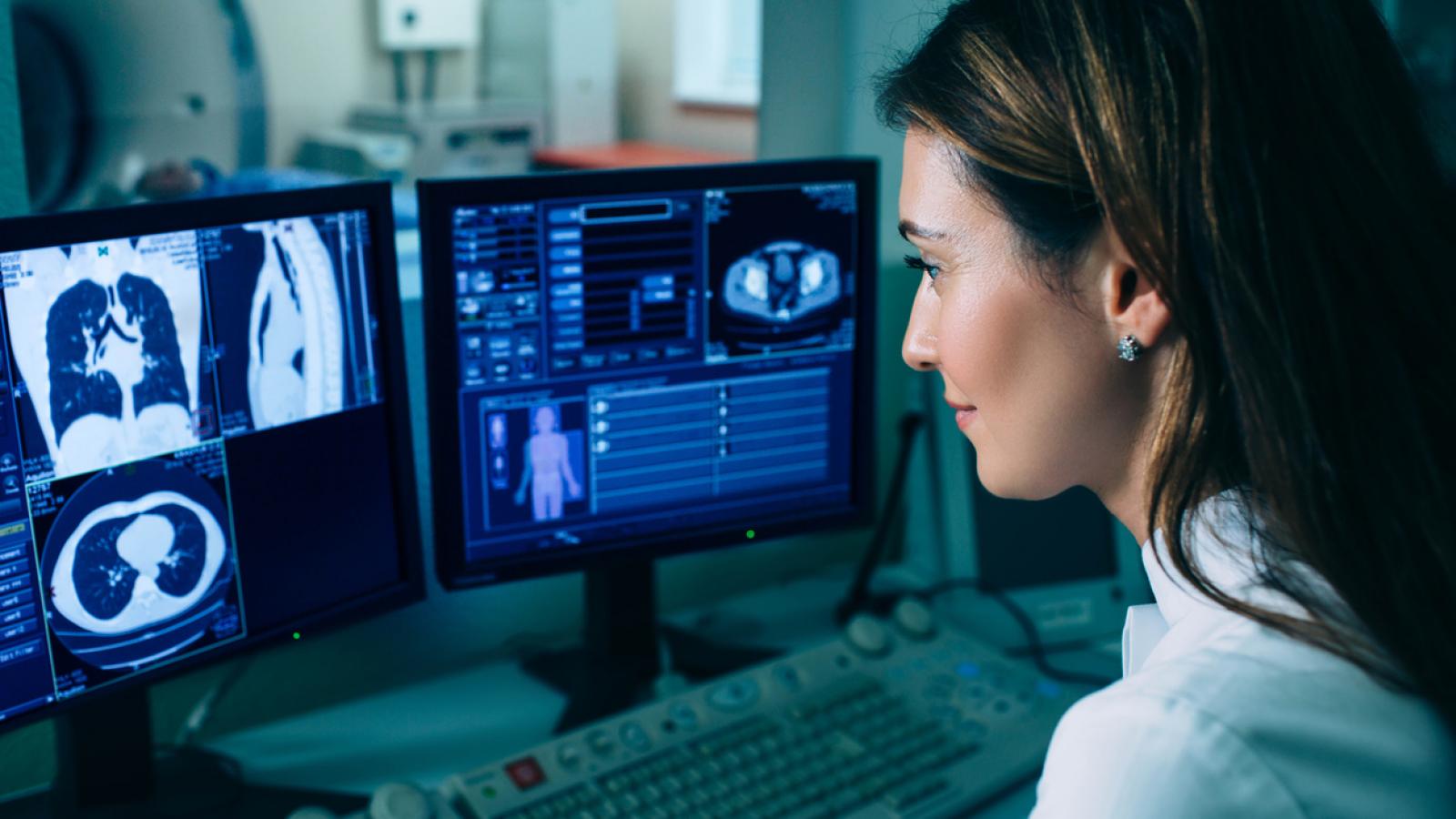Tests after a stomach cancer diagnosis

You may have more tests after being diagnosed with stomach cancer. These aim to find out:
- How large is the cancer?
- Where exactly is the cancer?
- Has the cancer spread to any other parts of your body?
This is called staging. Staging tests for stomach cancer include:
- CT scan of thorax, abdomen and pelvis (CTAP): A type of X-ray that gives a detailed picture of the tissues inside your body.
- Laparoscopy: Your doctor will make a small cut in your tummy (abdomen) and put in a small, thin flexible tube with a camera attached to it. This lets your doctor look for any abnormal changes. A sample of cells (biopsy) can be taken at this time. This test is done with a general anaesthetic.
- Ultrasound scan: A device like a microphone passed over your tummy to give a picture of your digestive system. It can show any abnormal changes.
- MRI scan: A scan that uses magnetic energy to build up a picture of the tissues inside your body.
- PET scan: A radioactive injection that will show up any cancer spread to other parts of your body on a CT scan picture.
- Biopsy: Taking a sample of the cells in the stomach and looking at them under a microscope. A biopsy can be taken during an EUS or laparoscopy. This test can confirm a diagnosis of stomach cancer.
- Staging during surgery: Sometimes you may need surgery to find out the exact stage of your cancer. This means that your treatment plan may only be decided or may change after you have had surgery.
Read more about these staging tests.
Staging is important, as it helps your medical team decide on the best treatment for your cancer.
For more information
Phone
1800 200 700



